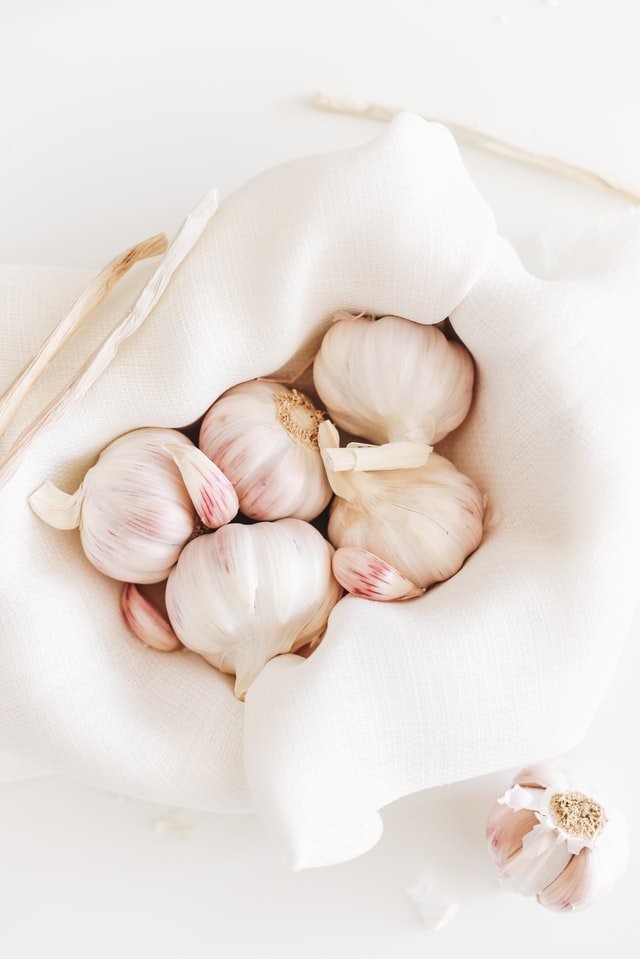Making ancho chili powder is a snap. Here are 10 incredibly easy ways to dehydrate chilies and make your own ancho chili powder!
Making ancho chili powder is fun, fast, and easy. I’ve used an electric dehydrator and a solar oven to make my own ancho chili powder, and both work great!
Making your own ancho chili powder means you can have the unique flavor of this Southwestern seasoning without the high price tag. Ancho chilies are not cheap, so making them into their own ground spice is the perfect way to save money while enjoying this flavorful pepper.
First I’ll show you some easy ways of dehydrating chilies, then the 10 greatest tips that can help you to make your own chili powder.
You can use this powder in any dish that requires chili powder. It has a more intense flavor than regular chili powder, but is milder and more versatile than fresh chilies.
First of all, we need to prepare our fresh chilies, so they’re ready to be dehydrated. You can use any kind of chili, but if you’re going to make your own chili powder later on, go for hotter peppers like habaneros or jalapenos. You can also mix different kinds of chilies, like bell peppers and jalapenos. Wear gloves when you do this and wash your hands thoroughly after chopping the chilies!
There are a number of different ways to dehydrate chilies. It all depends on how you want to use them in your recipes. If you want them to rehydrate easily, simply, and with no extra flavor, you can dry them the way most people do: spread out onto a single layer of paper towel, and place in your oven at about 200 degrees for about 12 hours. Or you can freeze them for about 10-12 hours or until frozen solid. After that, place them in a food processor or blender and pulse until they have broken down into small pieces.
Trying to use up some of my dried chilies I have been saving since last year’s garden season, I have used a new method on this batch: oven drying. Oven drying is easy enough and doesn’t take much time – it basically looks like dehydrating. But the flavor isn’t quite what I was hoping for after the first batch, so I am going to experiment with packing them tighter and placing them under the broiler on high for an hour before drying them out in the oven (the broiler will add some smoky flavor), then vacuum seal as usual.
The other thing I did differently was vacuum seal these instead of using my FoodSaver machine (which
“The best way to dehydrate chilies is to first remove the seeds and membrane. It’s a very easy task, and you will end up with a product that has no seeds or membrane. You can then use this product as is or ground in a spice grinder. If you choose not to remove the seeds, you will have a larger product that is more difficult to work with.”
Takes about 5 minutes
Dehydrating chilies is a wonderful way to preserve the harvest. Be careful though, it’s very easy to over-dry them and make them inedible. Learn how to dehydrate chiles in this article.
Dehydrating chilies is an easy way to preserve the harvest. You can make homemade chili powder or chile flakes by dehydrating assorted peppers. The dehydration process removes water content from the peppers, which makes it suitable for long term storage at room temperature.
Chile flakes are used as a spice and seasonings in various recipes including soups, stews, and sauces.�
How to choose your chili peppers:
The best chili peppers for dehydration are large, plump and firm. They should be harvested when fully mature, but before they become over-ripe and soft. If you live in a humid climate, you may want to cover them with a paper bag to prevent moisture from forming on the surface of the pepper.�
How to dry chiles:
Dehydrating chiles is very easy if you use the right techniques. There are two methods of dehydrating chiles that produce different results; hot air drying method and sun drying method.�
Hot air drying method:
The hot air drying method involves placing whole
I’m a fan of dehydrating anything I can. For example, I dehydrate my own herbs. It’s super easy to do and the flavor is great. I also dehydrate my backyard-grown tomatoes so that I can make sun-dried tomatoes both sweet and savory.
Trying to find information on how to dehydrate chili peppers was a little more difficult than I had anticipated. After searching the web for a while, I finally decided to put together this blog post to help others looking for information on how to dehydrate chilies at home.
Dehydrating chilies is very similar to dehydrating herbs or tomatoes, however you have to be very careful when working with chilies because they are hotter than most other vegetables.
If you’re interested in learning more about dehydration, check out my post on easy ways to dry herbs or dried tomatoes .
1. Remove the stem from your chili peppers and remove the seeds inside by scraping them out with a spoon or knife (it’s easier if you remove the stem first). 2. Cut your peppers into thin slices and arrange them on the trays of your food dehydrator, making sure not to overlap them too much. 3. Turn your food dehydrator on and set it according to the instructions
I dehydrated some anchos and tried to rehydrate them. They were really good! They tasted like stewed tomatoes and they were sweet, but not overly so. I would use them to make chili or mole, but also just as a snack with some rice and beans – great flavor!

